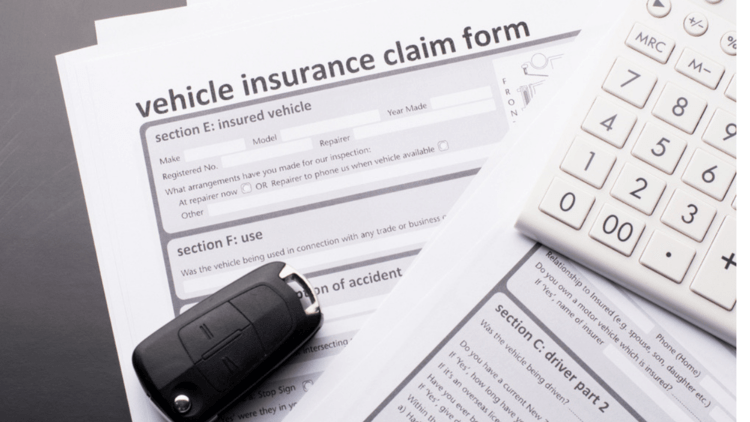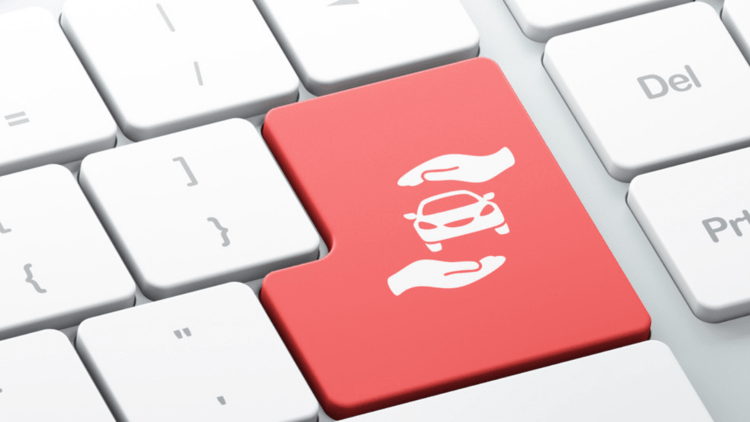Diwali is one of the biggest and the most widely celebrated festivals of India. It is a festival which is celebrated with lights, sweets, gifts, crackers and merriment. The festival is a week-long affair where every day has a special significance.
Dhanteras, Choti Diwali, Diwali, Bhai Dooj all these days are celebrated with family and close friends. There is merriment, fun, food and celebration all around.
However, we face few risks of our health and property which cannot be avoided during this fun-filled festival but surely can be reduced or controlled if we all put in our efforts individually. Let’s understand each of them and measures you can take the reduce these risks.
- Air Pollution
The quality of air worsens over Diwali as crackers are burst. In fact, States in north India report very low visibility due to smog created by high air pollution levels during and after Diwali.However, Diwali is not just responsible for the low air quality alone but there are multiple reasons like agricultural stubble burning in Punjab, vehicle emissions, coal-fired power plants, etc. However, since the air quality dips around Diwali, it has been traditionally been blamed for the same.
What you can do to help?
Well, there are multiple things that can be done at an individual level and if everyone contributes their small bit, the overall air quality will surely improve:
1. No Smoking: Yes, it pollutes the air around as well as your lungs with NO benefit at all. So, yes reducing tobacco consumption can be of significant help to the society as well as your family and yourself.
2. Walk: If the distance isn’t too much instead of taking your vehicle out. It will help in bettering the air quality with lesser vehicle emissions and improve your overall health and reduce petrol bills as well!
3. Plant trees in your house and surroundings!
- Noise Pollution
The loud crackers also create noise pollution and result in mental anxieties and neurological disorders among individuals.
What can you do to help?
1. Reduce usage of machines which make a lot of noise like the mixer-grinder, juicer, etc.
2. Do not burst crackers! Even though it might be a tradition, there is no benefit in burning them. Stick to diyas or candles to brighten up your Diwali!
- Fire and burns
Crackers and diyas, which are a staple of Diwali, have fire hazards. They pose a threat of causing fire to your home, vehicles and other possessions. Similarly, your body is also exposed to the high risk of burns associated with bursting crackers.
What can you do to help?
1. Stick to diyas instead of crackers this Diwali
2. Do not wear silk or synthetic clothes which lighting the diyas. Stick to cotton clothes as they are lesser prone to getting burnt.
- Increased road accidents
Accidental cases also increase during Diwali either due to crackers or air pollution levels which cause low visibility resulting in road accidents.
What can you do to help?
1. No drinking and driving under any circumstance!
2. Avoid travelling during the evenings when the visibility is low
These small steps will surely contribute to a healthier environment in the long run!
Lower your risks during Diwali and increase the Enjoyment!
These risks are very common and relevant to your Diwali celebrations. You don’t have to cut down on your festive spirit. After all, what is Diwali if not mirth and happiness? What you could do instead is be careful against them.
It’s also good to protect yourself your family member and your hard-earned assets with the following cover/insurance.
- Buy insurance – Insurance plans fit in perfectly if you want to observe precautions during Diwali. Though you might take other necessary precautions, accidents are uncertain and can happen even after observing the stringent of safety rules. When you have an insurance plan covering the expected contingencies, you, at least, don’t suffer from a financial strain. Here’s how different insurance plans help you in making your Diwali safe –
- Health insurance – health insurance plans take care of your medical bills if, God forbid, you do face health issues during Diwali. The plans cover burns, respiratory ailments, etc. which are associated with Diwali. You also get coverage for ambulance costs incurred in taking you to the hospital. Moreover, there are Dengue specific plans to cover dengue and its related costs.
- Motor insurance – your vehicle is prone to catching fire or causing accidents (due to low visibility) during Diwali. You should, therefore, buy a comprehensive motor insurance policy. The policy would cover any third party liability if poor visibility injures any individual or damages someone’s property. Moreover, if your vehicle catches fire and is damaged, the policy would pay for the financial loss you suffer.
- Home insurance – home insurance plans help in protecting the financial loss suffered if your home or its contents are damaged by fire or related perils. In India, the penetration of home insurance is quite low. However, the policy provides a wide scope of coverage at very minimal premium costs. Since the possibility of fire is high, your house and its contents face a threat. If you buy a home insurance plan you can secure your home and its contents from the financial loss which would incur if there is a fire.
Taking the right measures with the protection of insurance plans will definitely make your Diwali safe, filled with happiness, joy and a memorable festival with your family and friends.
Read more about tips to take care of your health during and after diwali
Read more about all you need to know about car insurance
Read more about two wheeler insurance polices in India


















